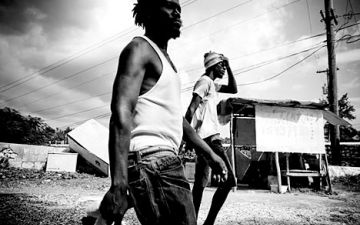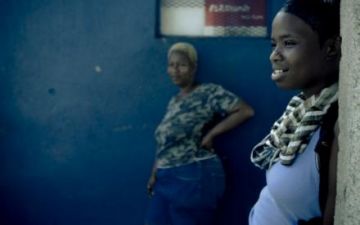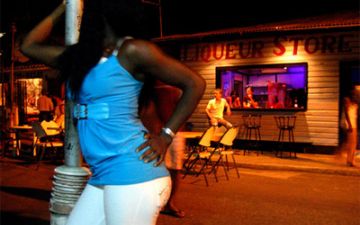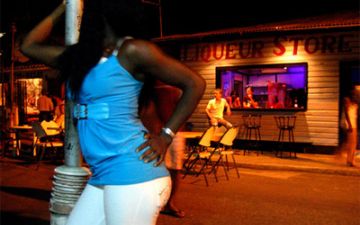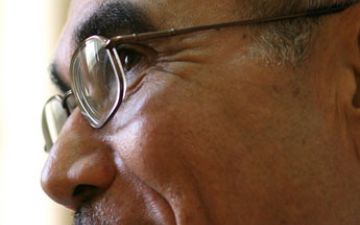Guyana's Past Coming Back To Haunt It
I'm on my second day in Georgetown. Remarkable city; a national capital dominated by two story, peaked-roof wooden houses, many with ornate gingerbread trimming (the influence of Dutch and British colonialists), but up on stilts. Cars, trucks, scooters and the odd horse-drawn carriage clog the streets. The shops you pass range from internet cafes and cellular phone stores to stores selling mining equipment. Children play on open fields in the city center while cows and horses graze nearby. The clash of epochs here is disorienting.
